Learn about new concepts and practices in the evolving intersections of ethnography and design. Overview This talk explores the role of ethnographers when collaborating with designers, and especially about how...
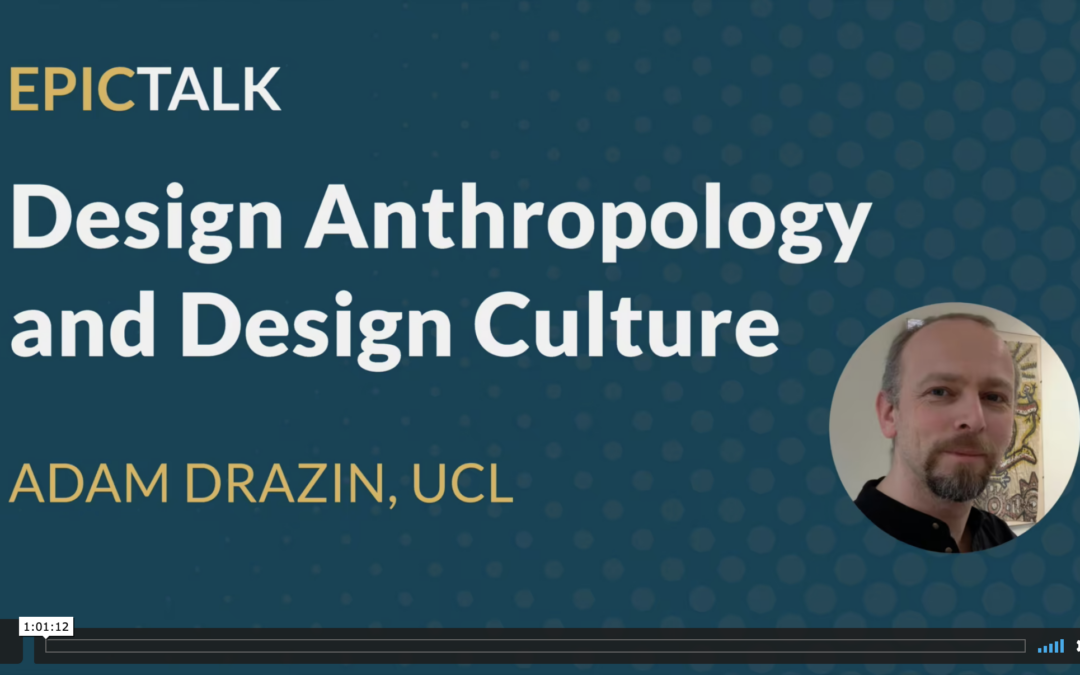

Learn about new concepts and practices in the evolving intersections of ethnography and design. Overview This talk explores the role of ethnographers when collaborating with designers, and especially about how...
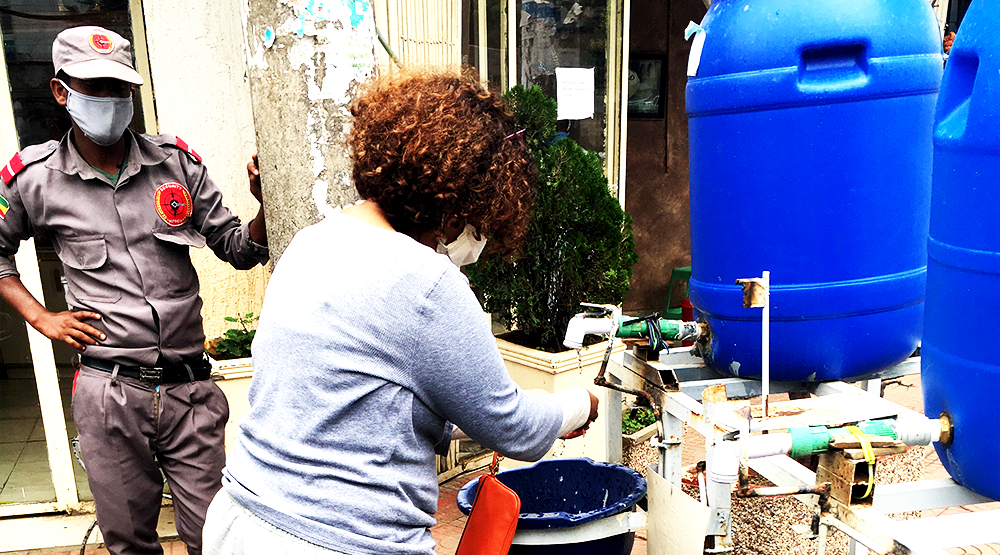
Where were you during Covid-19? The question seems destined to become a standard conversation piece at future get-togethers. For professional anthropologists and ethnographers, we can also add in questions about what was looked at, listened to, thought about, done and imagined for the future....
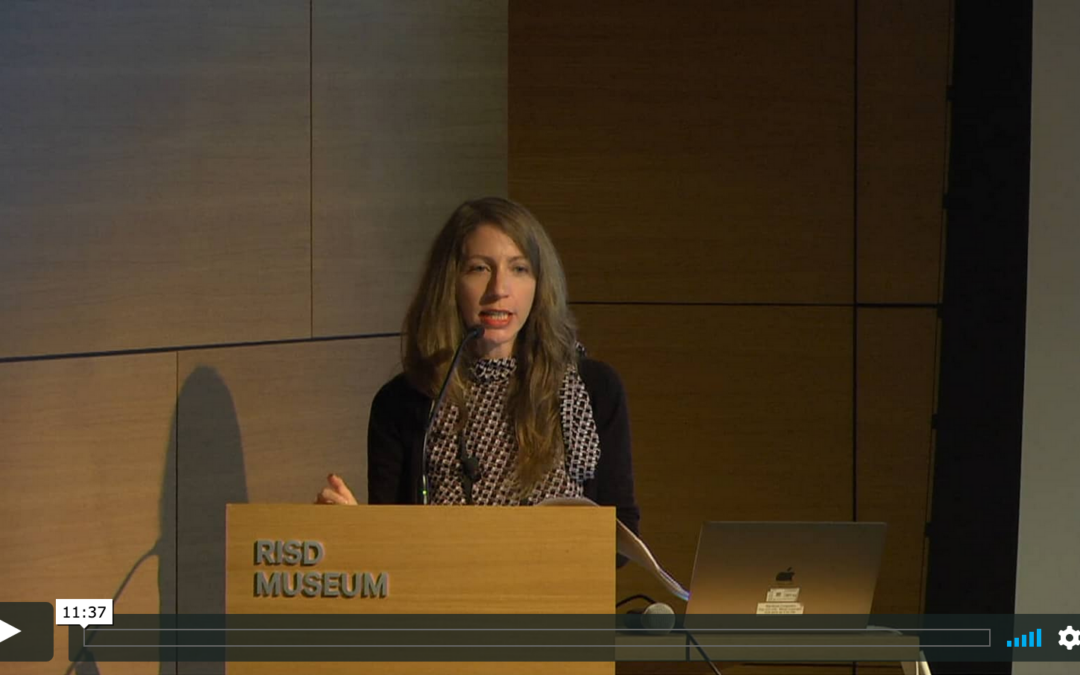
Agile methodologies have taken hold as a model to be followed in software industry. Among them, Scrum is one of the most used frameworks and has a high level of acceptance among a large range of organizations. The underlying premise of Scrum is that by implementing an iterative and incremental...
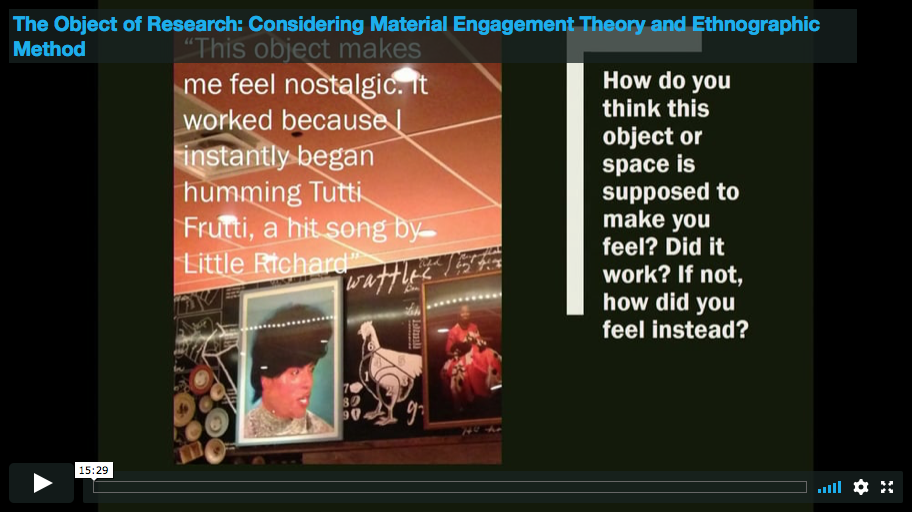
The paper outlines a methodological approach for investigating how consumers create brand meaning using the material resources companies provide. The approach draws from Material Engagement Theory—to discuss the role of consumers in creating patterns of meaning by engaging with objects. It also...
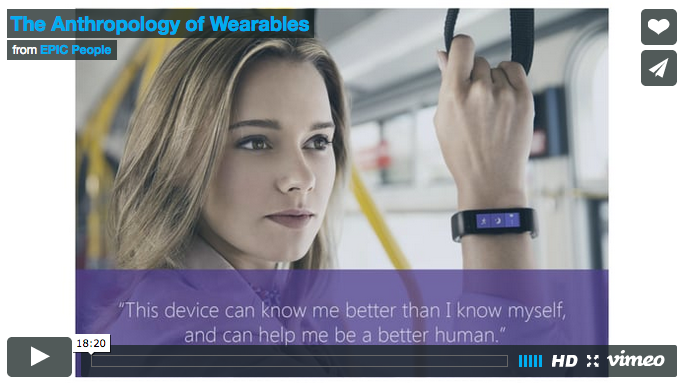
A wide range of new digital products lumped together under the category of ‘Wearables’ or ‘Wearable Technology’ raises fundamental questions about the way we think about our individual bodies and the species Homo Sapiens. This paper traces three different relationships to what are called the...
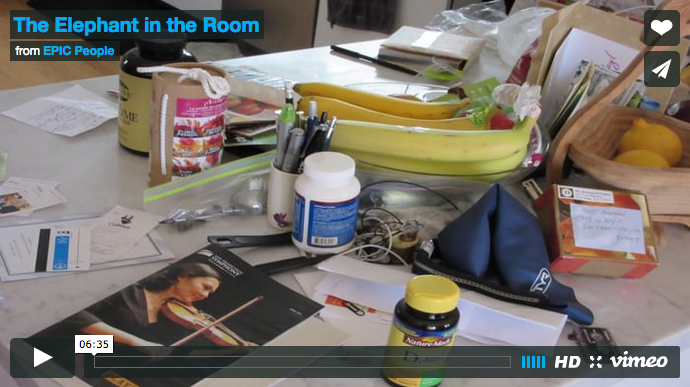
PechaKucha—We sometimes use ethnographic tools and methods with less reflexivity than they deserve. When you start to look at the constellation of objects in the spaces people inhabit, the traces of their values and practices can be seen everywhere. After all, the creation of an individual’s life...
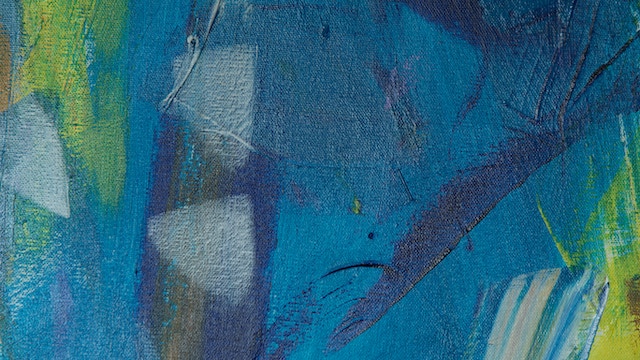
In this paper, we explore how biographies of domestic objects are intertwined with the personal biographies of their owners and caretakers, narratives of household formation, and the life cycle of the family, and how we position the value of this work to business planners and engineers at Intel...

INTRODUCTION There is an old riddle, “What is everywhere, but invisible?”, to which the answer is “air”. But in ethnography applied within settings such as marketing and product innovation, the answer might as well be “the physical environment.” While social scientists are trained to consider...